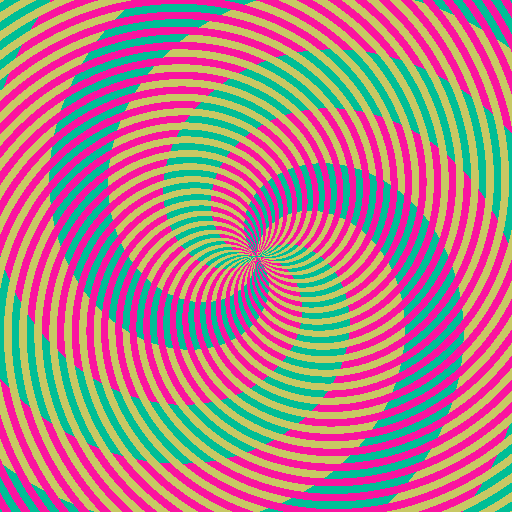BE/Bi 103, Fall 2018: Homework 3¶
Due 1pm or 7pm, Sunday, October 21¶
(c) 2018 Justin Bois. With the exception of pasted graphics, where the source is noted, this work is licensed under a Creative Commons Attribution License CC-BY 4.0. All code contained herein is licensed under an MIT license.
This document was prepared at Caltech with financial support from the Donna and Benjamin M. Rosen Bioengineering Center.

This homework was generated from an Jupyter notebook. You can download the notebook here.
Problem 3.1: Validating fish activity data (50 pts)¶
Write some functions to validate the fish activity data set that you can download here. Describe what tests you chose and why you chose them. Run your validation and report on any errors you see.
A bit of background on the data set. These data were acquired by Grigorios Oikonomou in David Prober's lab. The assay is similar to what we saw in Tutorial 2. These fish have mutations in a different gene, the identity of which is not important for this exercise. The data set is unpublished, and at the wishes of the author is password protected.
The file 150717_2A_genotype_3.txt is a genotype file giving the genotypes of the fish in the different locations. Only the fish in instrument 2A, numbered 1 through 96 in the activity data file 150717_2A_2B.csv, were genotyped. The fish in instrument 2B, numbered 97 and above, are not used in the assay.
The instrument give data as MS Excel spread sheets. I have converted the Excel sheet to a CSV file, 150717_2A_2B.csv, but have otherwise not touched it. The columns frect, fredur, midct, middur, burct, and burdur contain information about the fish's activity per minute of observation. The middur columns is what we use for computing activity. For the purposes of this problem, you may ignore the frect, fredur, midct, burct, and burdur columns.
Problem 3.2: Pulsing jellyfish (50 pts)¶
In Tutorial 3b, we extracted information from movies of pulsing jellyfish. Using these images (which you can download here, analyze both the daytime and nighttime movies. Compare and contrast the measurements both between daytime and nighttime and among the individual jellyfish. Discuss any conclusions or suggestions for further experiments you may have.
This question is intentionally open-ended. Think carefully about what you want to do and how you interpret what you see.
Problem 3.3: Your eyes are not as good as your computer, 5 pts extra credit¶
Download the image below. Use the basic image processing tools we learned in class to replace the beige and magenta colors with white and save the resulting image. Display the original image and the altered image side by side. (This problem was inspired by Dan White.)
